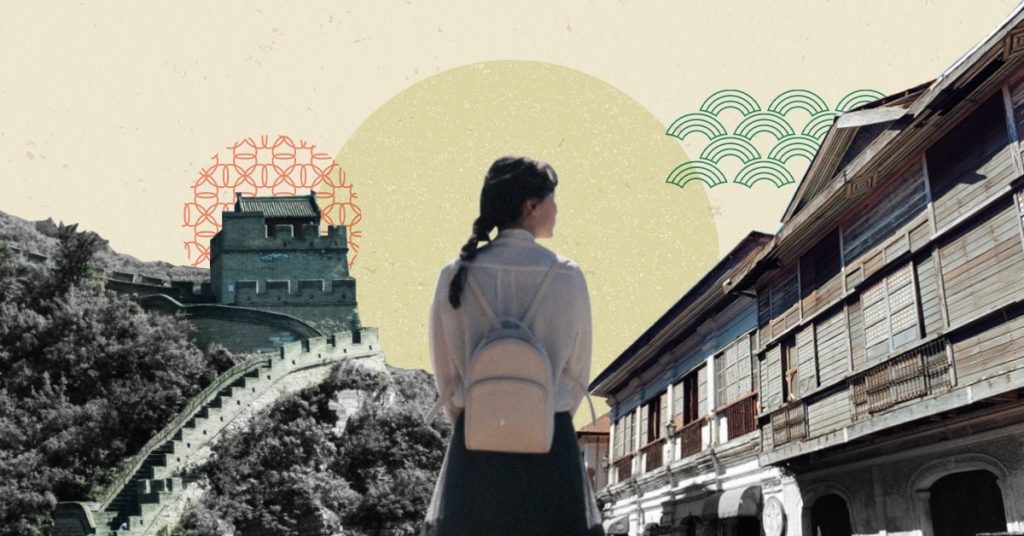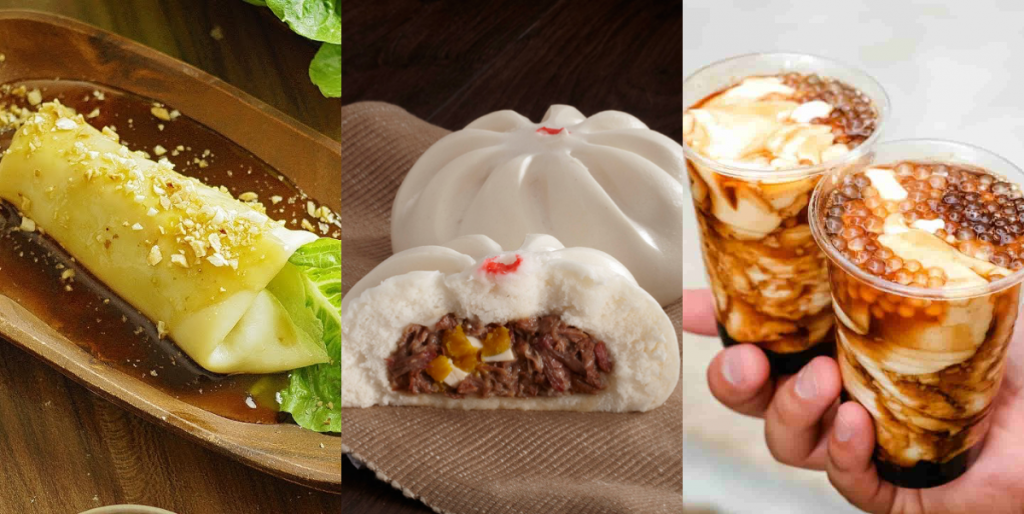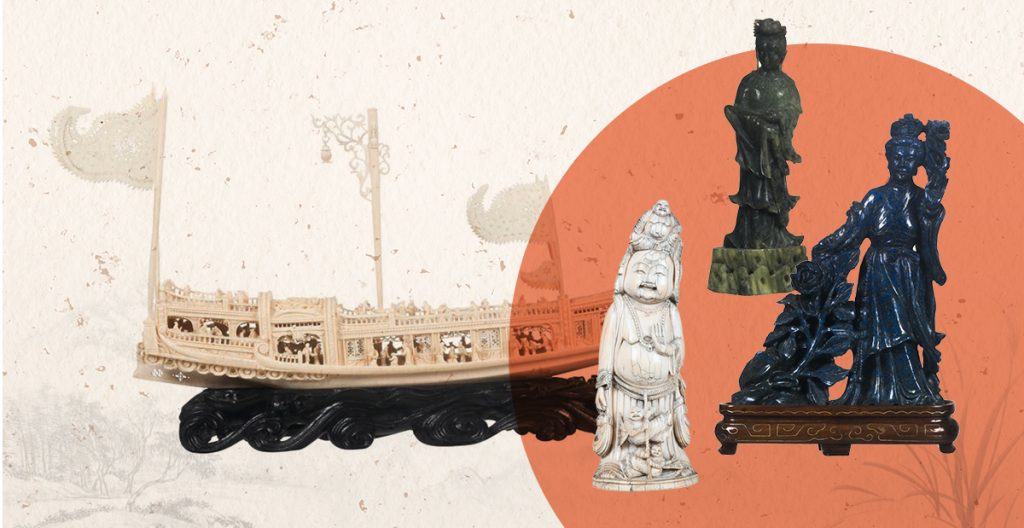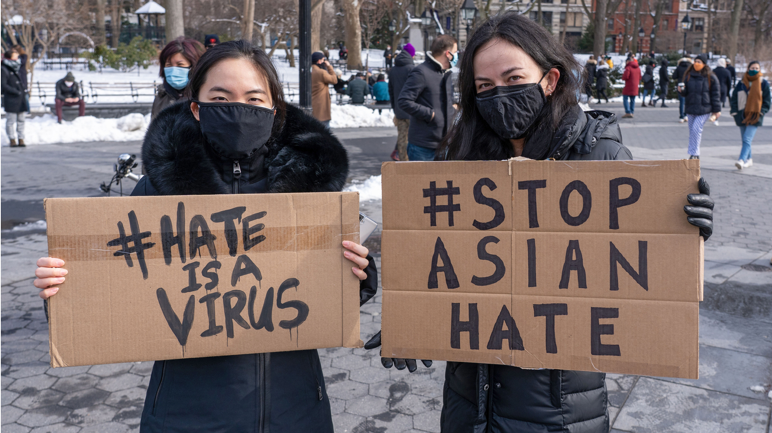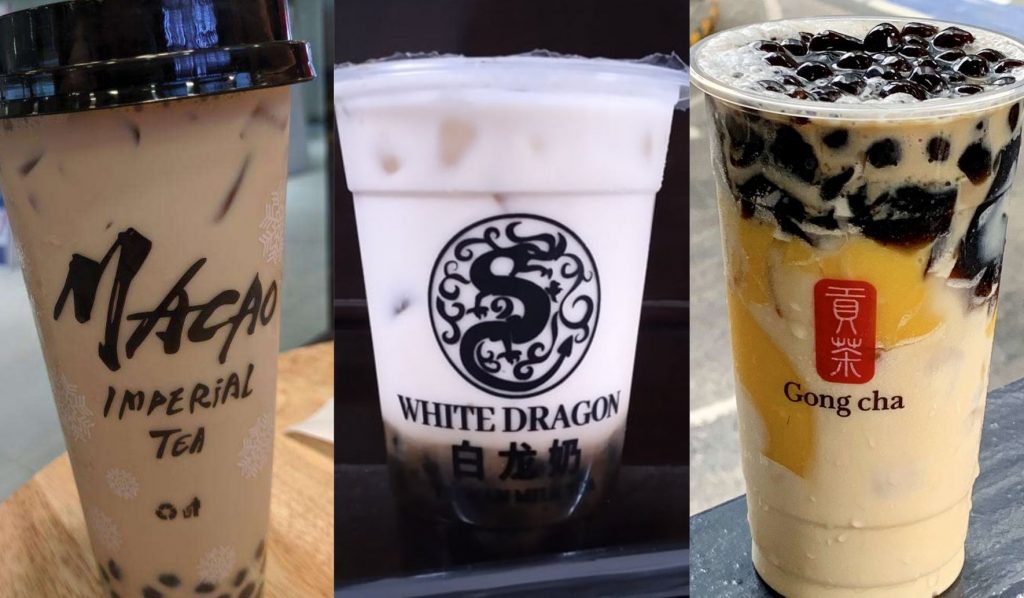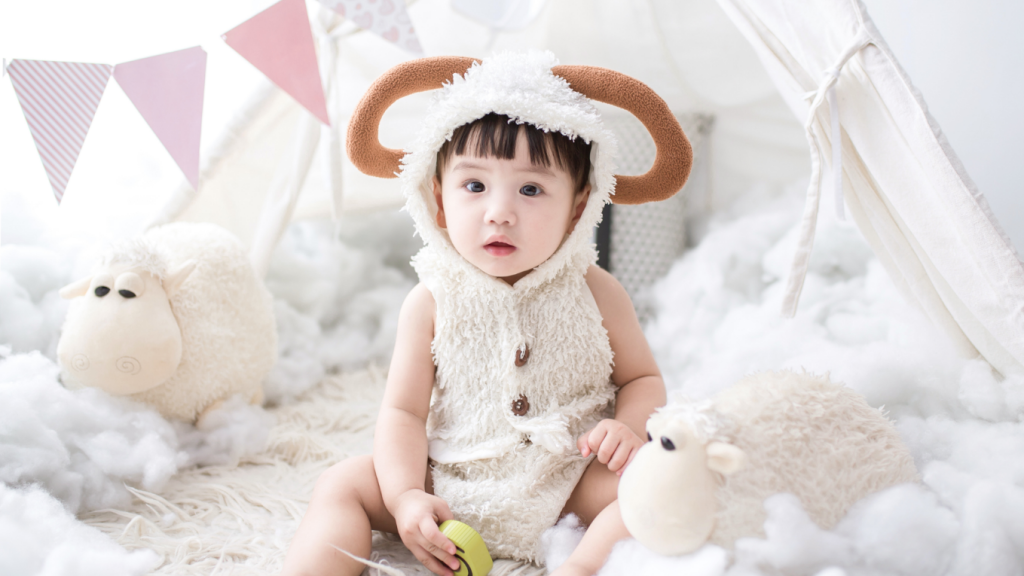The Twelve Symbols of Sovereignty for Chinese Royalty
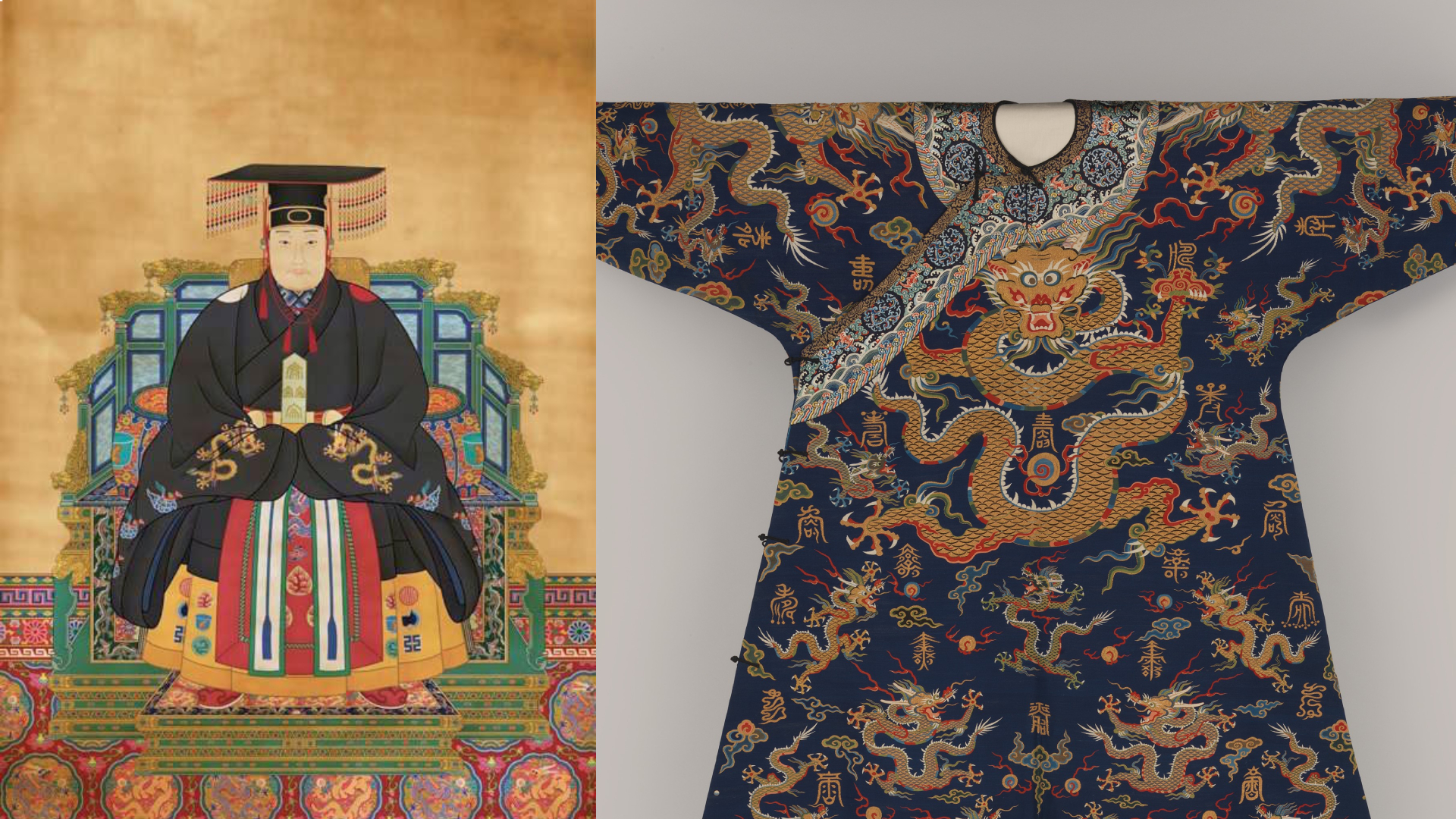
The Chinese really took the phrase, “fit for royalty,” to heart with the twelve Symbols of Sovereignty. Throughout history, these symbols of imperial authority appeared on the five-clawed dragon robes (also called sacrificial robes) of the Chinese emperor since the Western Zhou Dynasty (1045 BC to 256 BC). They were used by the emperor for various ceremonies, such as festival banquets and military inspections.
The symbols’ presence and its corresponding placements on the emperor’s robes represented the emperor as the Son of Heaven and his righteous rule over the universe. In 1759, the twelve symbols were reserved exclusively for the robes of the emperor. These symbols, also known as the Twelve Ornaments, feature an ancient Chinese symbolic interpretation of the universe.
Here are the Twelve Symbols of Sovereignty:
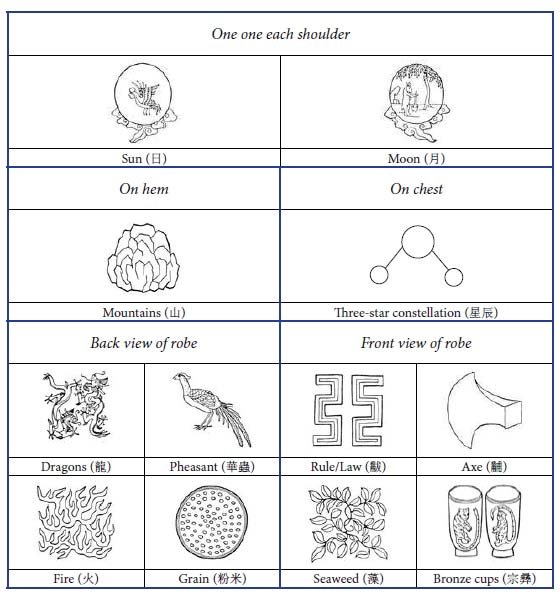
A picture taken from the research of Dr. Shu-Hwa Lin’s “Uncovering the Messages Behind Four Imperial Dragon Robes from Exhibitions With Yin and Yang Message” that was published in January 2017. Dr. Shu-Hwa Lin is an Associate Professor and Costume Curator at University of Hawaii.
1. Sun (日 – rì)
The sun is depicted as the source of life and enlightenment in the context of sovereignty, and it’s oftentimes represented by the three legged crow on a red disc. It has been believed that the crow, which has been a creature of various mythologies, inhabits and represents the Sun. The Sun’s active principle is Yang, which represents masculinity, imperial sovereignty, and brightness.
2. Moon (月 – yuè)
The Chinese believe the moon is a symbol of heaven. Compared to the sun that is depicted as a red disk, the moon is a light shade of blue or green. Instead of a crow, a legendary hare named, the Jade Rabbit, is enclosed in the disk and is constantly seen pounding the elixir of immortality. This moon rabbit is believed to be the companion of the Chinese moon goddess Chang’e. The moon’s passive principle is Yin, which represents femininity, darkness, and the earth.
3. Constellation of Three Stars (星辰 – xīngchén)
Accompanied by the sun and moon, the constellation of three stars represents the cosmic universe, or possibly the Big Dipper. As the three stars symbolize the emperor himself, it represents his unending source of pardon and love.
4. Mountain (山 – shān)
The mountains on the robes are mostly seen as the Sacred Mountains of China which are five of the most renowned mountains in Chinese history. They represent stability, the Earth itself, and the emperor’s ability to rule earth and water.
5. Dragon (龍 – lóng)
The five-clawed dragon is the emperor’s sacred symbol of imperial power, its dignity, adaptability, and strength. In Chinese mythology and folklore, the Chinese dragon, although a mythological creature, is believed to be the most powerful animal and is highly revered to be associated with the emperor. The ancient Chinese believed that dragons were the rulers of the seas and skies.
The dragon, which is capable of transformation, also represents the emperor’s ability to adapt. Throughout centuries, the depiction of the dragon evolved from a snake-like creature in the pre-Qin dynasty (221 BC) to a long serpentine creature that carries a combination of many animals.
6. Pheasant (華蟲)
The pheasant, also depicted as a phoenix, is a symbol of literary refinement and the entirety of the natural world, along with the dragon. In yin and yang terminology, the dragon is the yang (masculinity) and the pheasant is the yin (female), identifying the emperor and empress, respectively.
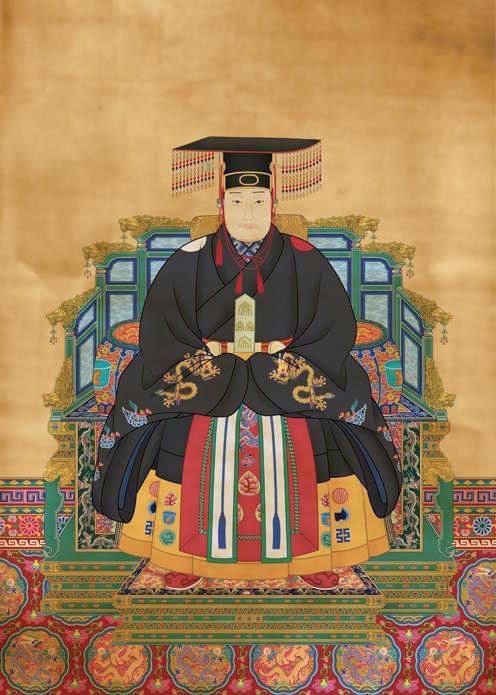
Portrait of the Wanli Emperor’s mianfu that features the Twelve Symbols of Sovereignty
7. Two Goblets (宗彝 – zōng yí)
A pair of bronze sacrificial goblets are shown on the robes to represent imperial loyalty and the virtue of filial piety. In Confucian, Chinese Buddhist and Taoist ethics, filial piety is the virtue of respect for one’s parents, elders, and ancestors, which the emperor is expected to carry out.
On the two goblets, there are two animal kings depicted. One is a tiger or a lion which represents physical strength and protectiveness, and a monkey that represents cleverness and intelligence.
8. Seaweed (藻 – zǎo)
Seaweed represents brightness and purity, and is considered a noble symbol of the emperor’s leadership.
9. Grain (粉米 – fěn mǐ) [rice grain; literal: rice powder]
Grain represents the emperor’s duty to feed his people. It also emphasizes his responsibility of sustaining the nourishment, agriculture, wealth, and fertility of the country.
10. Fire (火 – huǒ) [flame]
Fire represents the emperor’s intellectual brilliance and summer solstice.
11. Axe head (黼 – fǔ), [axe shaped]
The axe stands for the emperor’s courage and resolution, including executive justice.
12. Fu symbol (黻 – fú)
The bow shaped “fu” sign represents collaboration and the emperor’s capabilities to make a clear distinction between right from wrong. This is depicted with two animals with their backsides to each other.




